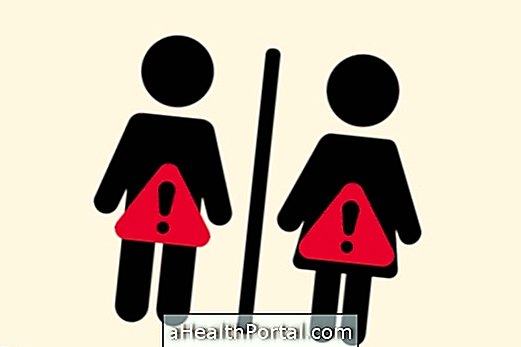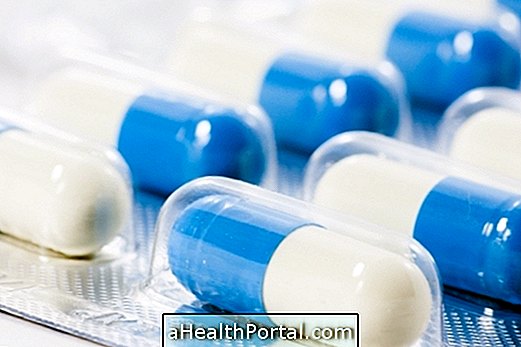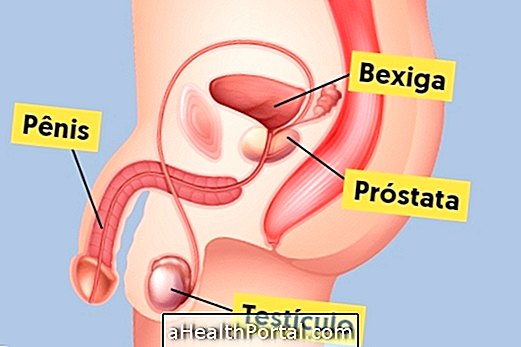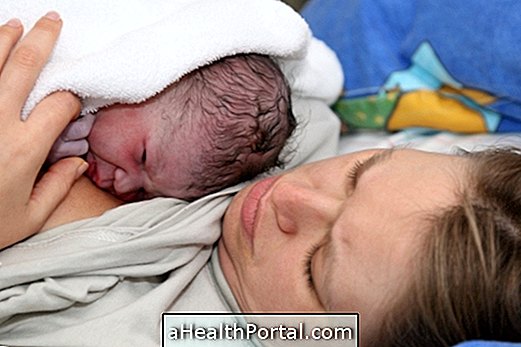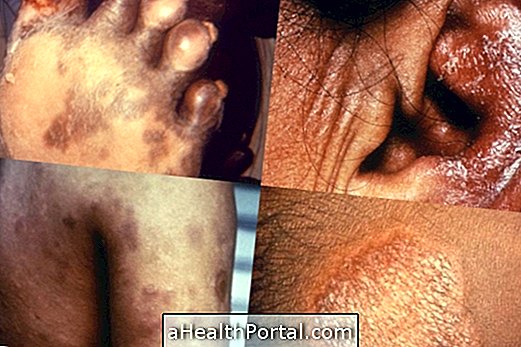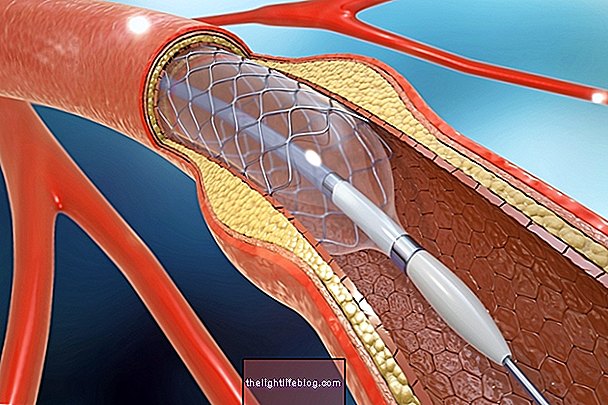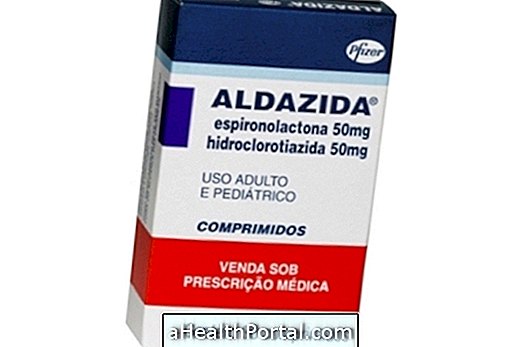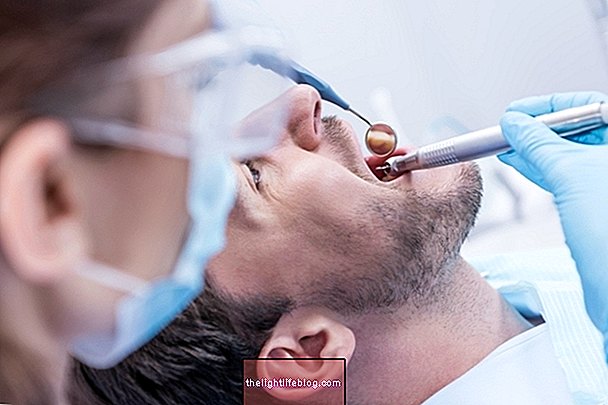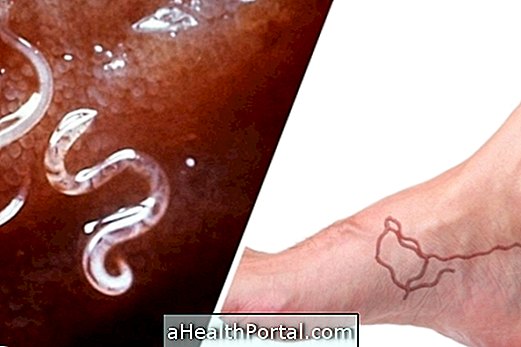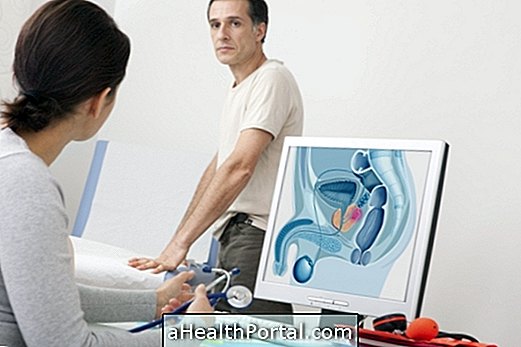The main female hormones are estrogen and progesterone, which are manufactured in the ovaries, enter into activity in adolescence and suffer constant variations during the day to day of the woman.
Some factors that alter the amount of female hormones are time of day, menstrual cycle, health status, menopause, use of some medications, stress, emotional factors and pregnancy.
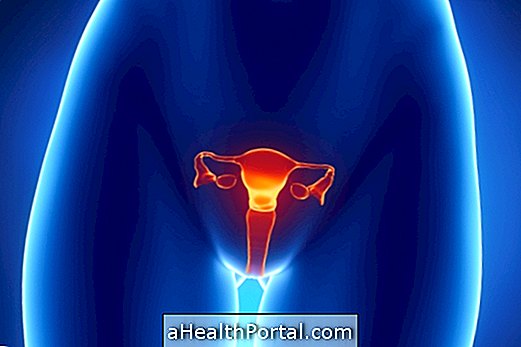
Female hormones have different functions:
1. Progesterone
Progesterone is a hormone that is responsible for regulating the menstrual cycle of the woman and prepares the uterus to receive the fertilized egg, preventing it from being expelled by the body and therefore very important in the process of pregnancy. Normally, progesterone levels increase after ovulation, and if there is a pregnancy, they stay high so that the walls of the uterus continue to develop. However, if there is no pregnancy, the ovaries stop producing progesterone, leading to the destruction of the lining of the uterus, eliminated through menstruation. Understand how the menstrual cycle works.
2. Estrogen
Like progesterone, estrogens are also responsible for regulating the hormonal cycle, during fertile age. During puberty, estrogens stimulate breast development and maturation of the reproductive tract, as well as growth, and alter the distribution in body fat in the woman, usually deposited around the hip, buttocks and thighs.
3. Testosterone
Testosterone is a hormone that, although it is higher in men, is also found in women in smaller amounts. This hormone is produced in the ovaries, helping to promote muscle and bone growth. The woman may suspect that she has a lot of testosterone in the bloodstream when she has typical male symptoms such as facial hair and a more serious voice. Learn more about how to identify and lower testosterone in women.
What tests to measure hormones
Hormonal changes can be life-threatening and may even prevent ovulation and ovulation and prevent pregnancy, so it is important to consult your gynecologist regularly and, if necessary, perform some tests:
Blood tests: It consists of the evaluation of several hormones like estrogen, progesterone, testosterone, TSH, which is a hormone produced in the thyroid and that influences the menstrual cycle, LH and FSH, which are hormones related to the functioning of the ovaries. See values and how to understand high or low FSH.
Pelvic Ultrasound: consists of the observation of some abnormality in the reproductive organs, especially in the uterus and ovaries;
For each examination, a specific preparation may be necessary, so you should talk to your doctor at the time of the appointment to see if you need to take the test at a specific time in the menstrual cycle or fasting, for example.
Hormones in pregnancy
During pregnancy, the decrease in hormones, which usually happens at the end of the menstrual cycle, does not happen and therefore the menstrual period does not occur. It is then produced a new hormone, the HCG, which stimulates the ovaries to produce higher levels of estrogen and progesterone, which are needed to maintain pregnancy. For this reason, most pregnancy tests consist of detecting this hormone in the urine. Learn more about how this type of test works.
After the fourth month of pregnancy, the placenta becomes responsible for the production of most estrogen and progesterone. These hormones cause the lining of the uterus to thicken, increase the volume of circulating blood, and relax the muscles of the uterus enough to make room for the baby to develop.
Near the time of delivery, other hormones are produced that help the uterus to contract during and after labor, in addition to stimulating the production and release of breast milk.

Hormones in menopause
Menopause occurs when menstrual cycles cease to exist, around the age of 50 years. It is a natural process that occurs due to decreased production of hormones, and can cause symptoms such as sleep disorders, fatigue, vaginal dryness, mood changes, weight change, among others.
After menopause, the risk of developing certain diseases increases, such as cardiovascular disease, osteoporosis or urinary incontinence, and it is important to realize the benefits and risks of hormone replacement therapy, which can improve symptoms and prevent disease.
Menopause does not require treatment, but if the symptoms cause a lot of discomfort, your doctor may recommend:
- Hormone Replacement Therapy: Most effective treatment to relieve menopausal symptoms such as Femoston. Learn more about this treatment.
- Vaginal estrogen: helps reduce vaginal dryness and can be given locally in the vagina with a cream, pill or ring. With this treatment, a small amount of estrogen is released, which is absorbed by the vaginal tissue, and can relieve vaginal dryness and some urinary symptoms.
- Low-dose antidepressants such as serotonin reuptake inhibitors: reduce menopause heat waves and sudden mood changes;
- Gabapentin : reduce heat waves. This remedy is useful in women who can not use estrogen therapy and in those who also have nocturnal heat waves;
- Medications to prevent or treat osteoporosis, such as vitamin D or supplements that help strengthen bones.
Natural hormone replacement can also be used, for example through dietary supplements such as soybean lectin or soy isoflavone, or even with herbal teas such as St. John's wort or chastity tree. Here are some tips from our nutritionist to alleviate these symptoms:

Effect of female hormones on men
Female hormones can be used in men who identify themselves as (trans) women, however their use must be guided by an endocrinologist. Men usually produce estrogen and progesterone, but in very low amounts, with the hormone prevalent being testosterone, which is what guarantees male characteristics. If a man uses a female contraceptive, for example, containing high concentrations of estrogen and progesterone, there may be:
- Decreased production of testosterone;
- Decreased production of spermatozoa;
- Gradual increase of breasts;
- Reduction of testicle size and penis size;
- Sexual impotence;
- Accumulation of fat in the hips, thighs and buttocks;
- Decreased muscle mass, weight gain and difficulty to lose weight;
- Slower hair growth.
Although it promotes the appearance of several feminine characteristics, some masculine characteristics can still persist, as for example Adam's apple, vocal tone and bone structure. In addition, the continued use of the female hormones by men may increase the chances of osteoporosis and increase of cholesterol, favoring atherosclerosis, for example, and therefore the follow-up by the endocrinologist is important.

